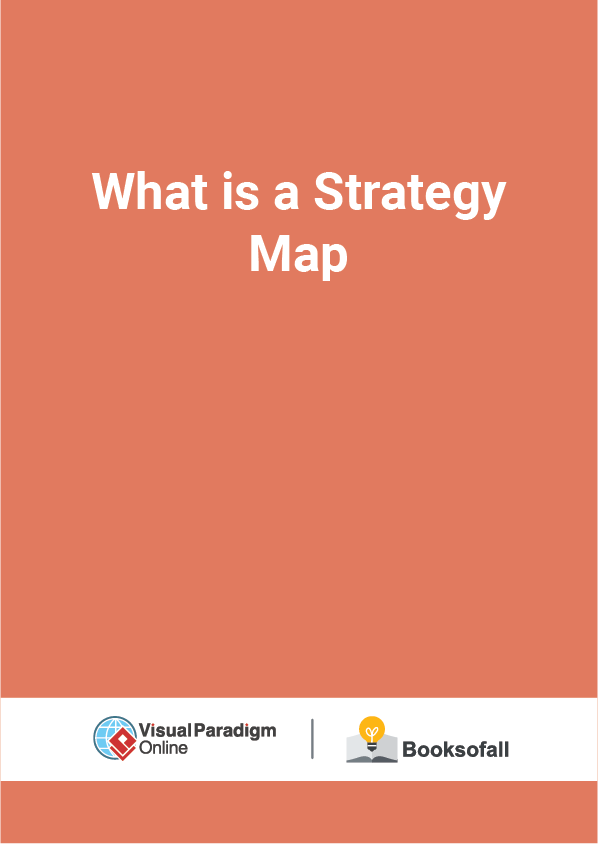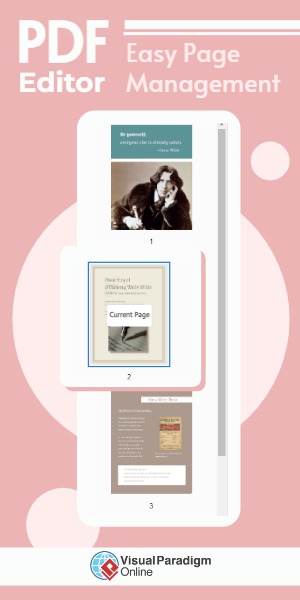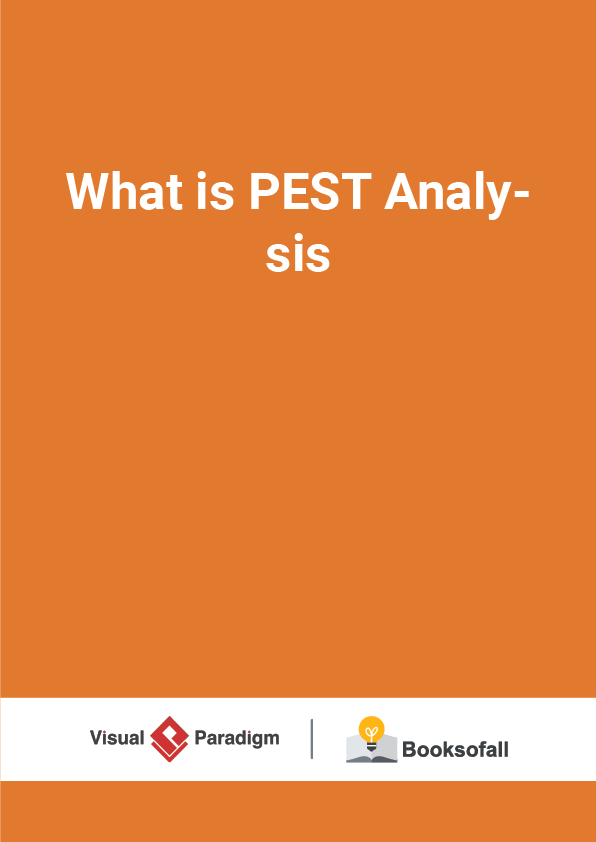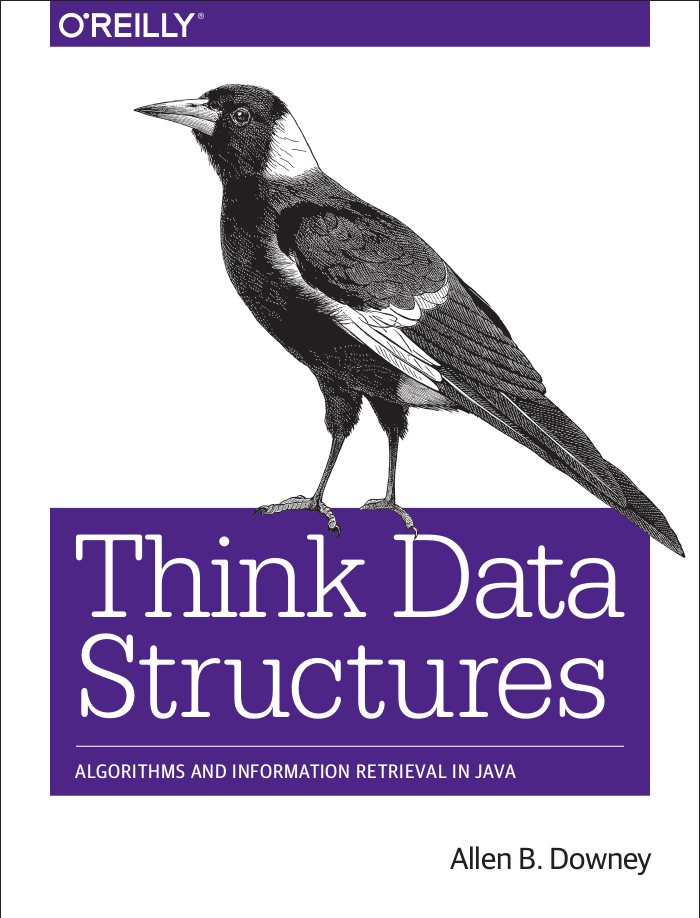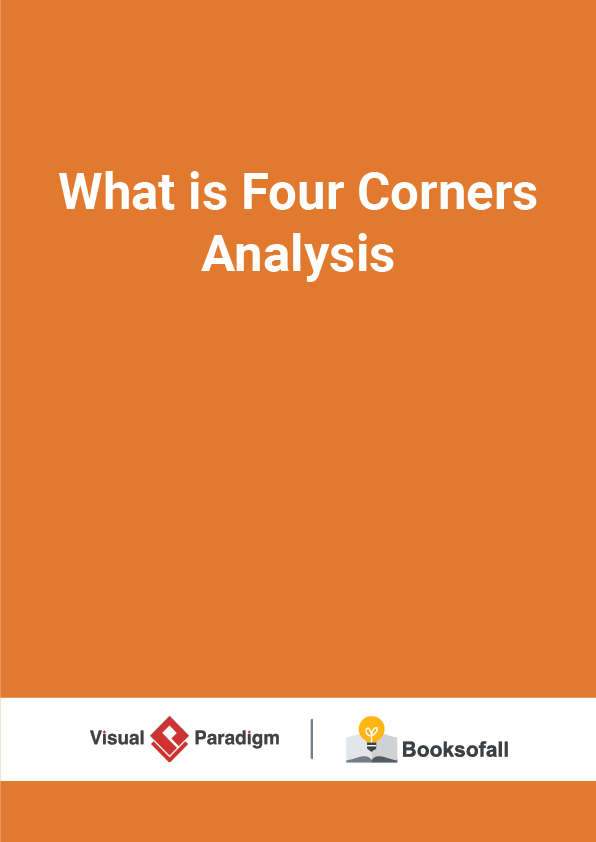What is a Strategy Map
6-7 minutes
A strategy map developed by Robert S. Kaplan and David P. Norton as part of their Balanced Scorecard framework for strategic planning and management. A strategy map is a visual representation of a company’s overall objectives and how they relate to one another on a single page. It’s great for quickly communicating big-picture objectives to everyone in the company.
With a well-designed strategy map, every employee can know your overall strategy and where they fit in. It helps keep everyone on the same page, and it allows people to see how their jobs affect the company’s strategic objectives. Your company can be benefited from Strategy Map which includes:
It provides all the relevant information for decision making in a one page document
It improves communication of the organization’s Vision and Strategy
It help to identify and link together the critical internal processes, human resources, information that deliver the value proposition of the company
It prioritizes action items in the implementation roadmap in tough economic times, if it is used together with balanced score card
Structure of a Strategy Map
A Strategy Map describes your strategy and tells your story of your strategy. It shows, visually, how you expect to create value in the organization for your customers. It describes what you believe will drive change by providing a simple visual representation of the strategic objectives to be focused on in the form of the perspectives and causal arrows. The strategy map has been found useful in enabling discussion within a management team about what objectives to choose, and subsequently to support discussion of the actual performance achieved. We can develop a strategy map based on the following key concepts and guiles:
- It is an underlying framework of horizontal perspectives arranged in a cause and effect relationship, typically Financial, Customer, Process and Learning & Growth
- Objectives within those perspectives. Each objective as text appearing within a shape(usually an oval or rectangle). Relatively few objectives (usually fewer than 20) Vertical sets of linked objectives that span the perspectives. These are called strategic themes.
- Clear cause-and-effect relationships between these objectives, across the perspectives.
- The strategic themes represent hypotheses about how the strategy will bring about change to the outcomes of the organization.
Edit this Diagram
How to Create the 4 Perspectives of a Strategy Map
A strategy map put all goals across the four key business perspectives on a single page which encourages everyone to see the cause and effect relationship between them.
- The first two perspectives are about “what we’re getting,”
- The latter two perspectives are more about “what we’re doing.”
- To properly understand a strategy map, you should read the “story” from the bottom perspective upward because what you do directly influences what you get.
You can develop the four perspectives by deriving the answers for the following questions:
Financial : the financial results and survival
- Question : To satisfy stakeholders, what financial objectives must be accomplished?
Customer : what the customers want or need Question : To achieve the financial objectives, what customer need must be met?
Internal Processes: the internal organization and processes that deliver the customer needs
- Question : To satisfy customers, and stakeholders, which internal organizational process are critical?
Learning and Growth : the training, technology and knowledge needed to operate the processes or procedures successfully
- Question : To achieve goals, how must the individuals be enabled?
